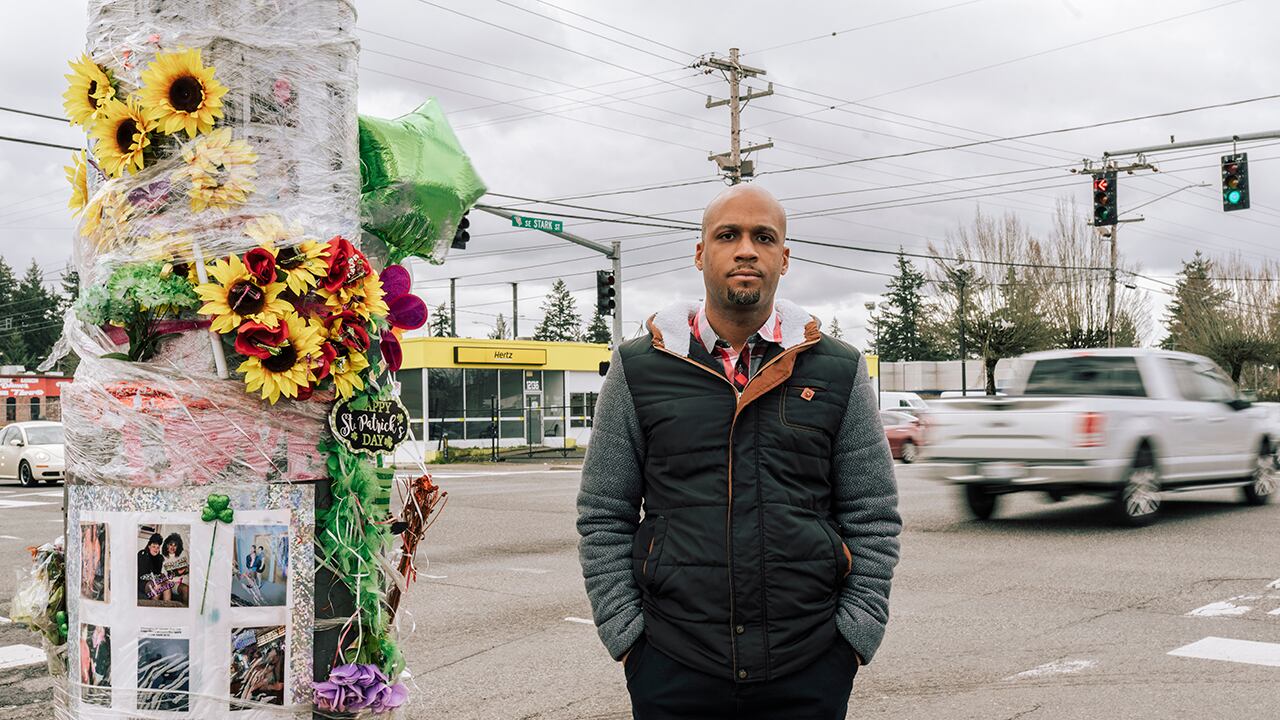When Scott Kocher and Ashton Simpson of Oregon Walks started looking at three years of Portland traffic deaths, they also found themselves busting myths about why pedestrians die in the street.
Kocher and Simpson acknowledge they are not traffic engineers or statisticians and there may be gaps in the data they collected. Yet counterintuitive findings in their report only serve to strengthen the case for lowering speeds and increasing street lighting.
1. Although young males are notoriously bad drivers, only one of the 48 pedestrians killed in 2017 to 2019 in Portland died because of a vehicle operated by a teenager.
2. Few of the drivers—just 9%—were determined by police to be legally intoxicated at the time of the collisions.
3. Although traffic safety experts warn of the dangers of distracted driving, Oregon Walks didn't find evidence of it—not a single one of the 48 fatalities pointed to phone use or other distractions. (That may be a data issue. In many cases, police checked for evidence of cellphone use, but reports indicated they sometimes did not, so it's possible drivers were texting but not caught.)
4. Jaywalking is dangerous, but bad driving is a far bigger problem. Oregon Walks found that 73% of pedestrians killed were hit while crossing legally at a crosswalk, either marked or unmarked.
5. Distracted walkers are largely a myth. Oregon Walks didn't find a single death that could be attributed to a pedestrian's cellphone use.
6. Oregonians are bad drivers, at least by one key measure. According to the Insurance Institute for Highway Safety, Oregon deaths per mile traveled are 23% above the national average and 65% higher than in Washington state.
7. When it comes to driving, men and women are not equal: Nearly three-quarters of the fatal pedestrian crashes in 2017-19 occurred while men were at the wheel. "We have a higher rate of fatalities because we don't make good decisions," Simpson says.
Our cover story: You're Driving Too Damn Fast

The Power of Slowing Down
In Oregon, as is true across the country, the state Department of Transportation controls speed limits on all city streets.
In 2017, a new law passed allowing Portland to lower speeds on local service— i.e., residential—streets, which account for about 70% of city thoroughfares. The City Council then dropped the speed limit to 20 mph on those streets in January 2018—but not on most of the collector and arterial streets where the majority of pedestrian fatalities occur.
Traffic safety section manager Dana Dickman of the Portland Bureau of Transportation says a bill pending before the Oregon Legislature would cede decision making on larger, more dangerous streets, called collectors and arterials, from the state to the city—but even then, PBOT would have to conduct a safety study first.
However, Scott Kocher of the nonprofit Oregon Walks says PBOT can already lower speeds by seeking what's called a "speed zone order" from ODOT. Although Kocher says the city has been reluctant to do so, he's not aware of the department ever refusing such a request from Portland.
"Bottom line: We have the ability to do it without blaming the Legislature," Kocher adds.
He offers as proof the fact that PBOT has already lowered speeds in Northwest Portland, dropping the limit to 20 mph on busy streets such as Glisan at his urging.
Meanwhile, PBOT Commissioner Jo Ann Hardesty says she's ready to move aggressively in East Portland: "We're going to bring the speed limits down."

